Iris and Fundus Coloboma: Causes, Symptoms & Modern Eye Care Management
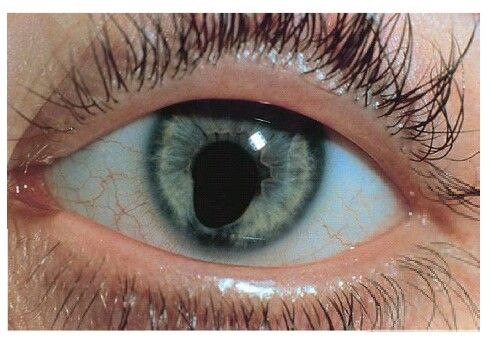
Iris and fundus coloboma are congenital eye conditions that can affect vision, light sensitivity, and retinal health. This guide explains their causes, symptoms, diagnosis, and the latest treatment options in simple, patient-friendly language.
When to Choose ICL Over LASIK for Vision Correction
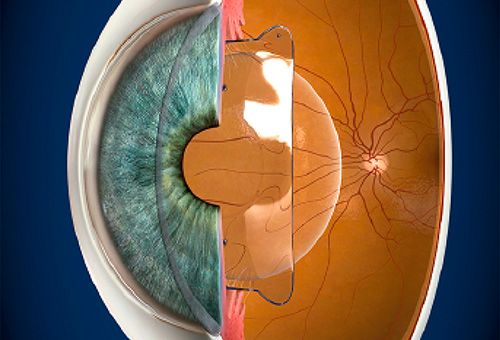
Choosing between LASIK and ICL can be confusing. This blog explains both procedures, their benefits, who they are suitable for, and how to pick the safest option for your eyes.
Understanding Cystoid Macular Edema (CME): Causes, Symptoms, and Treatment
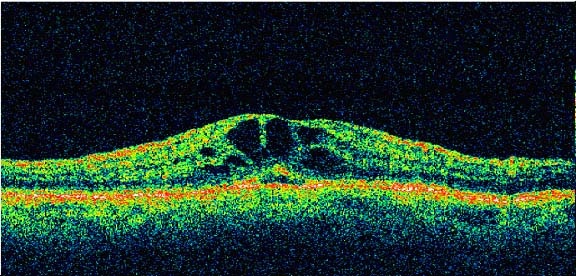
Cystoid Macular Edema (CME) is a common cause of blurred or distorted central vision after cataract surgery or in diabetic eye disease. Learn about its causes, symptoms, diagnosis, and advanced treatment options from Dr. Anushka’s Super Speciality Eye Hospital, Bhiwandi.
Adverse Drug Effects in Eyes: The Hidden Dangers of Wrong Eye Drop Use

Self-medicating with eye drops may seem harmless but can lead to severe eye damage. Learn about steroid misuse, antibiotic resistance, and safe eye care practices from experts at Dr. Anushka’s Super Speciality Eye Hospital, Bhiwandi.
Night Vision and Night Blindness: Causes, Care, and Ways to See Better at Night

Difficulty driving or seeing in dim light? Discover the causes of night blindness, its symptoms, and expert treatments to improve your night vision at Dr. Anushka’s Super Speciality Eye Hospital, Bhiwandi.
Latest Refractive Surgeries: LASIK, SMILE, FEMTO and Beyond – A New Era of Clear Vision
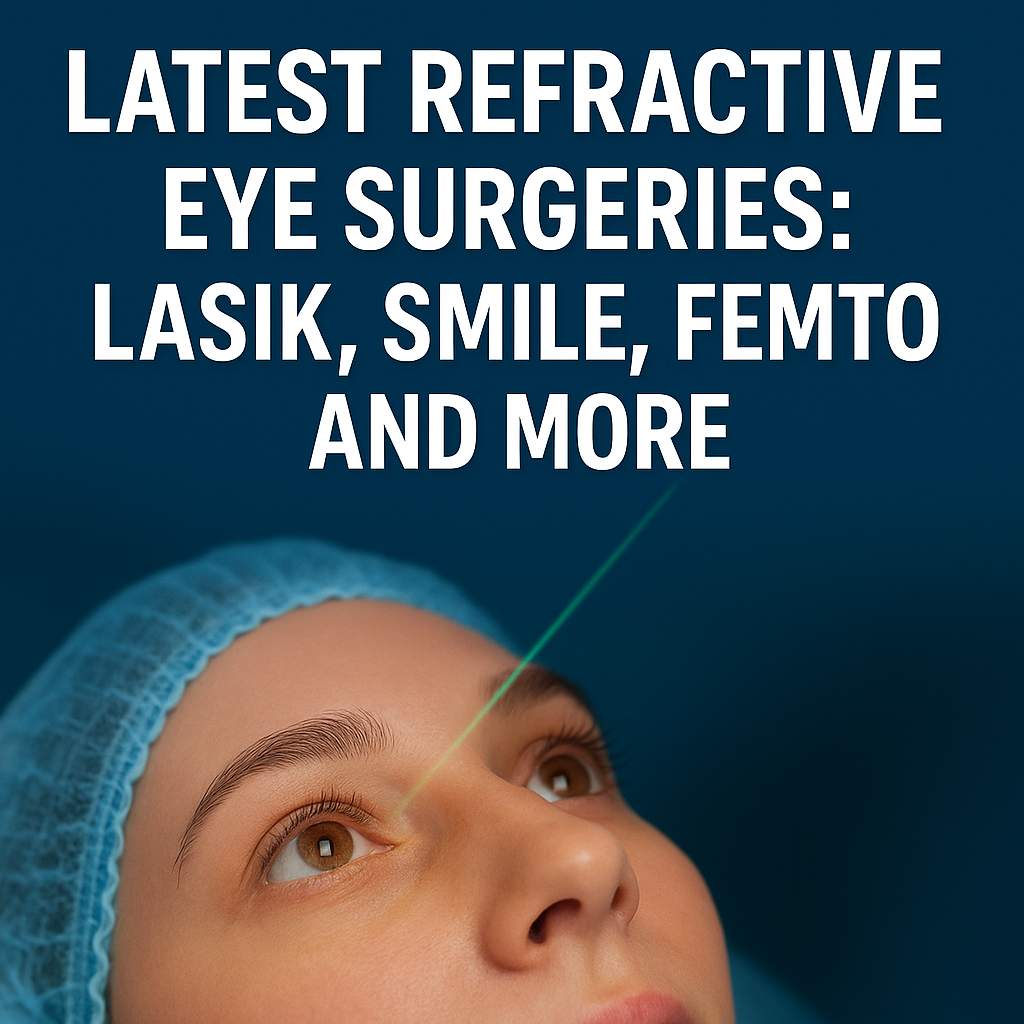
Explore the latest in refractive surgeries — LASIK, SMILE, FEMTO, Contoura, and ICL — offering safe, precise, and long-lasting vision correction at Dr. Anushka Eye Hospital, Bhiwandi. Step into a glasses-free life with expert care and cutting-edge technology.
Trichiasis: Causes, Symptoms, and Effective Treatment for Misaligned Eyelashes
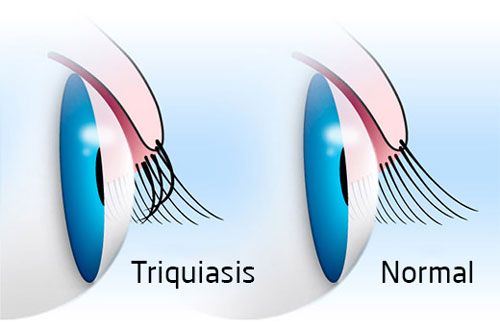
Trichiasis is a condition where eyelashes grow inward, causing irritation, redness, and potential corneal damage. Learn causes, symptoms, and treatments.
Blue Light Glasses: Do We Really Need Blue Cut Lenses?
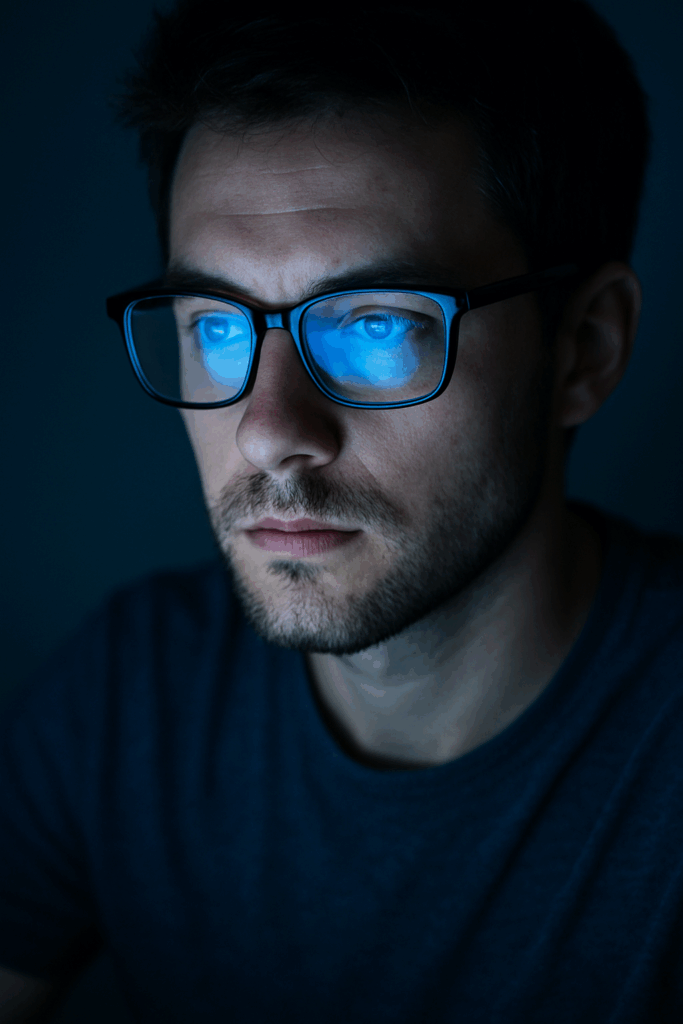
Blue light glasses, also called blue cut lenses, are marketed as essential for anyone using screens. While they can reduce glare and improve comfort, especially for long hours on computers or late-night screen use, they’re not magic shields for eye health. Eye strain is usually caused by reduced blinking, glare, and poor posture, not just blue light. Blue light may affect sleep by suppressing melatonin, so glasses may help in the evening, but reducing screen time is more effective. People who work long hours on screens, gamers, IT professionals, or those with persistent glare and headaches may benefit. Children, casual screen users, or those buying for trendiness likely don’t need them. Proper eye care—like the 20-20-20 rule, frequent blinking, correct lighting, posture, and regular eye exams—is far more important than any lens coating. In short, blue cut glasses are helpful for some, optional for many, and unnecessary for a few. They’re a tool for comfort, not a replacement for good screen habits and eye health.
Nystagmus: Causes, Types, Testing & Systemic Links Explained
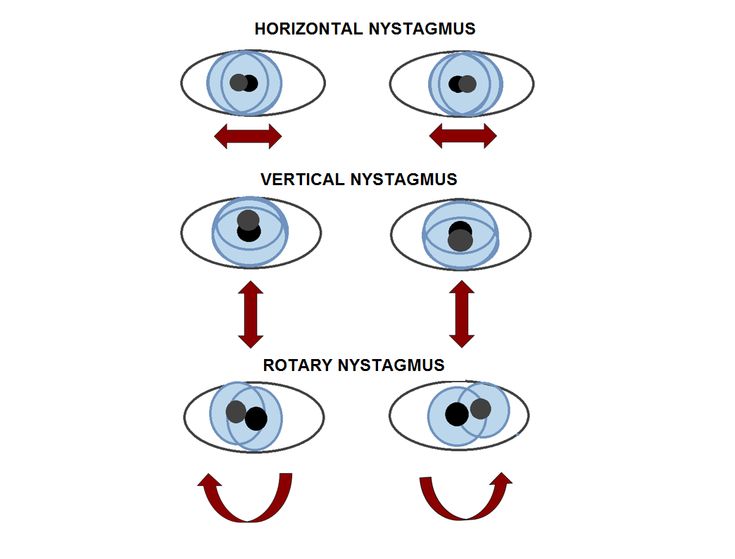
Nystagmus is an involuntary, rhythmic eye movement that can be horizontal, vertical, or circular. Some people are born with it (congenital), while others develop it later due to neurological, ocular, vestibular, or systemic causes. Types include congenital, manifest/latent, pendular, and jerk nystagmus, each offering clues to underlying conditions. Causes range from eye disorders like congenital cataract or albinism to neurological problems such as multiple sclerosis, stroke, brain tumors, or inner ear disorders. Diagnosis involves clinical examination, visual tests, electronystagmography (ENG), videonystagmography (VNG), and sometimes MRI or vestibular testing. Management depends on the cause and may include optical aids, medications, vision therapy, or surgery.
Understanding Colour Vision: Defects, Causes, Jobs, Tests, and Everyday Life
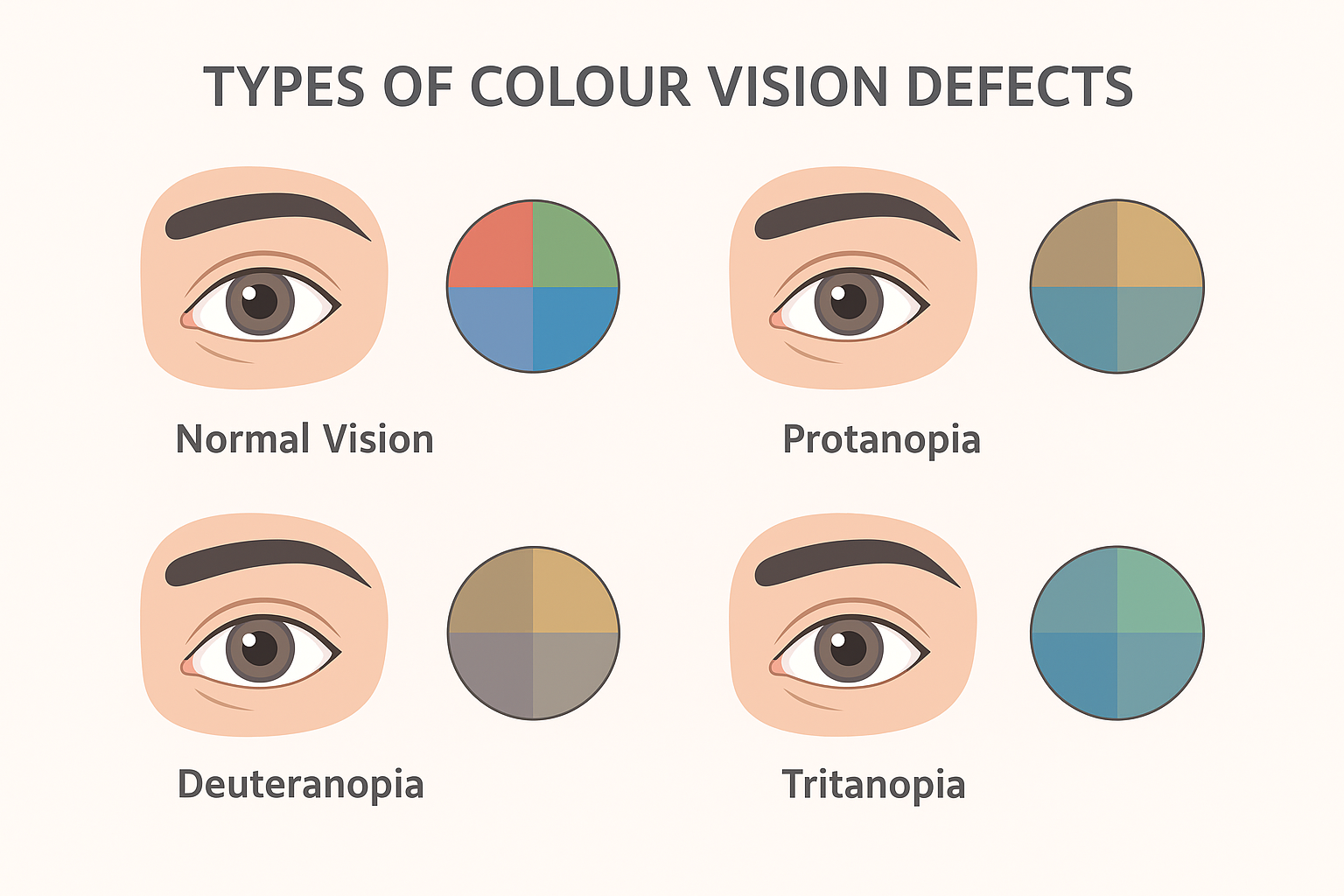
Colour vision is more than just seeing the world in vibrant hues—it affects careers, safety, and daily life. While some people struggle to differentiate certain shades, others may not see colour at all due to congenital or acquired defects. Genetic mutations, eye diseases, medications, or systemic illnesses like diabetes can lead to colour vision deficiencies. Certain jobs—pilots, sailors, electricians, defence personnel—require perfect colour perception to ensure safety and accuracy. Thankfully, testing methods like Ishihara plates, Farnsworth tests, and advanced instruments help detect and classify colour vision problems. While there’s no full cure for inherited colour blindness, aids like tinted glasses, contact lenses, and digital tools help manage daily tasks. Awareness, early testing, and adaptation can empower individuals with colour vision deficiencies to live safely and confidently.



